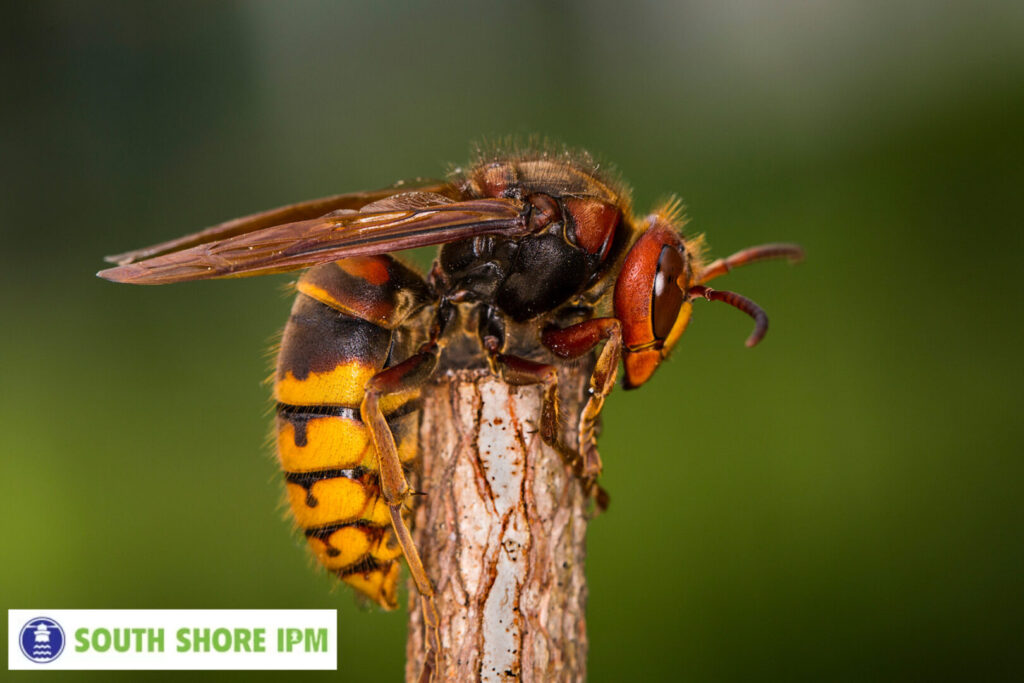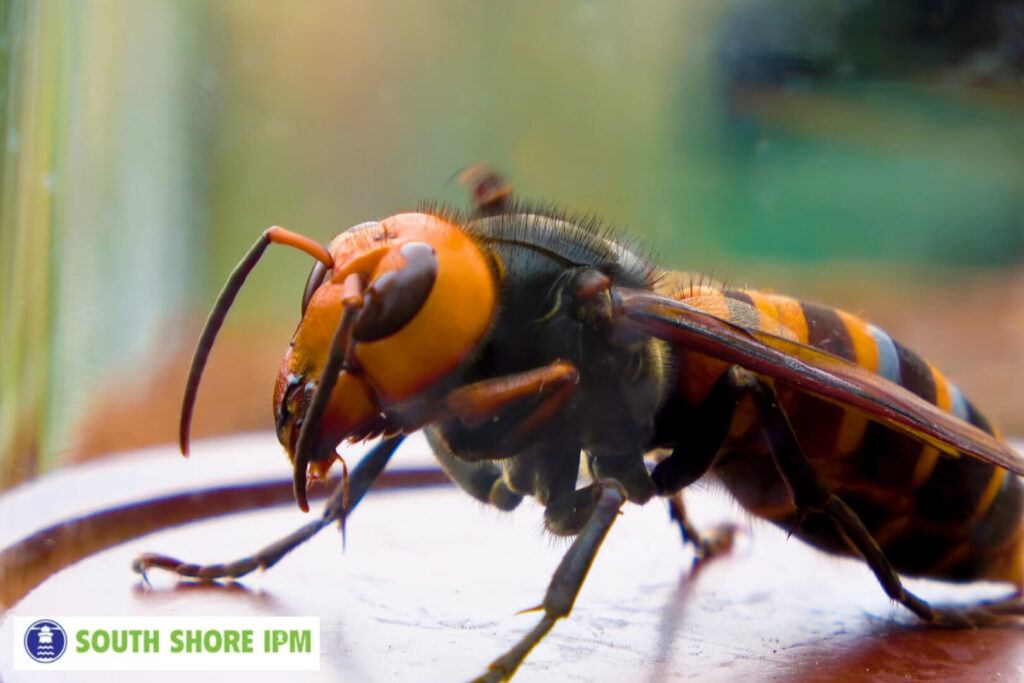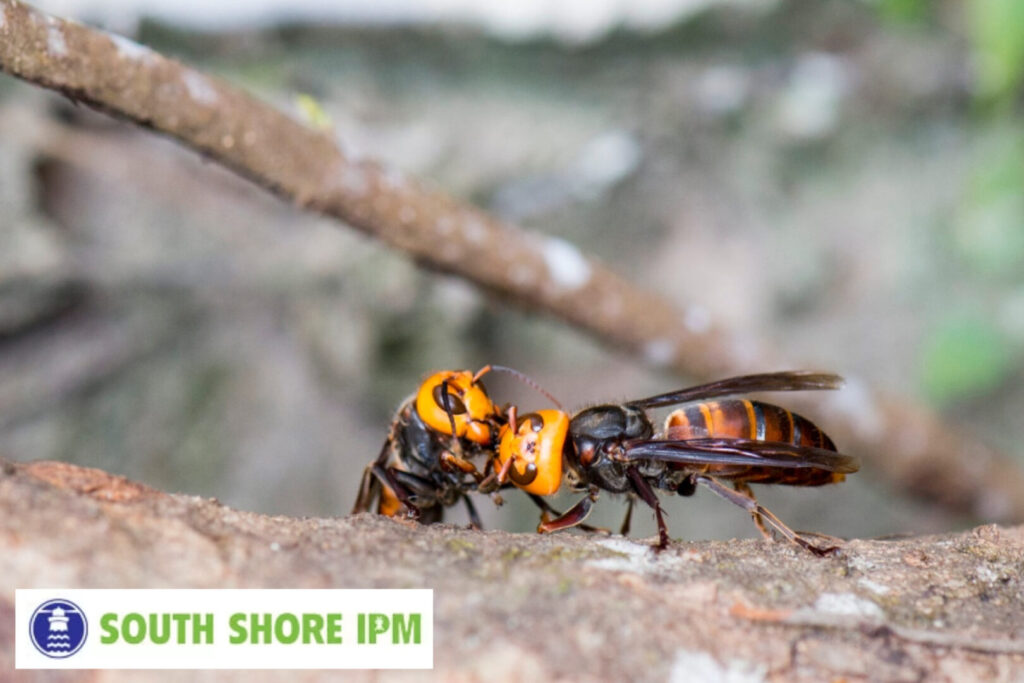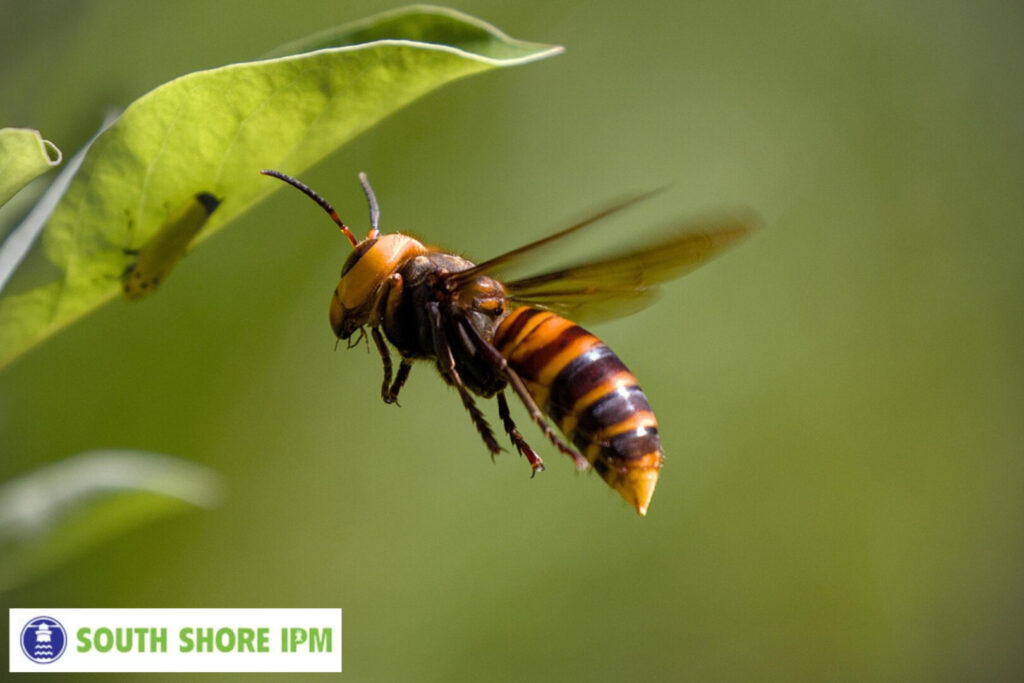The Silent Threat: How to Identify and Safely Remove a Hornet Nest from Your Property
Hornets are one of nature’s most misunderstood and potentially dangerous creatures. Unlike the more commonly known bees or wasps, hornets can cause serious harm if they feel threatened, and their nests can become a silent but deadly threat if left unchecked. If you have spotted a hornet nest on your property, you might be wondering how to deal with it safely and effectively. In this article, we will guide you through how to identify a hornet nest, the risks they pose, and the steps to take to remove them from your property.
What is a Hornet?
Hornets are a type of wasp that belongs to the Vespidae family. They are typically larger than the average wasp, with some species growing up to 2 inches in length. These aggressive insects can be dangerous when provoked, particularly if you or someone in your household is allergic to stings. Hornets are known for their distinctive yellow and black markings, and unlike other wasps, they can be more aggressive when it comes to defending their nests.
The Risks of Hornet Nests
A hornet nest can pose a serious risk to the health and safety of you and your family. These nests are often built in elevated areas like trees, roof eaves, and sheds. When threatened, hornets can become highly aggressive, stinging multiple times and releasing pheromones that encourage other hornets to attack.
Moreover, hornet stings can trigger severe allergic reactions in some individuals, leading to anaphylaxis a life-threatening condition that requires immediate medical attention. The presence of a hornet nest, particularly near high-traffic areas like walkways or patios, can make it impossible to enjoy your outdoor spaces without risking a painful sting.
Identifying a Hornet Nest
Recognizing a hornet nest on your property is the first step toward dealing with this potential threat. Here’s how to identify a hornet nest:
1. Nest Location
Hornets typically build their nests in sheltered locations. You will often find them hanging from trees, under roof eaves, inside attics, or within sheds. They may also construct nests inside the walls of buildings. If you notice a paper-like structure hanging from an elevated area, it could very well be a hornet nest.
2. Shape and Size of the Nest
A hornet nest is usually round or oval-shaped, with a grayish appearance. The outer layer of the nest is made from a papery substance created by hornets chewing wood fibers and mixing them with their saliva. These nests can grow quite large, with some reaching the size of a basketball or even larger, depending on the size of the colony.
3. Hornet Activity
Hornet nests are most active during the warmer months, particularly in late summer and early fall. If you see hornets frequently flying to and from a specific location, this is a clear indicator of the presence of a nest nearby. The hornets will often be busy collecting food for the colony, which includes insects and sugary substances.
4. Ground Hornet Nests
Though hornets typically build their nests in elevated areas, there are certain species, such as ground hornets, that build their nests underground. These nests are often located in abandoned animal burrows or underground cavities, which can be dangerous if disturbed, especially if the nest is near your yard or driveway.
How to Safely Remove a Hornet Nest
If you have confirmed the presence of a hornet nest on your property, it is essential to approach the removal process carefully. Hornets can become highly aggressive if their nest is threatened, so it’s important to take appropriate safety measures.
1. Avoid Direct Contact
Under no circumstances should you attempt to remove a hornet nest on your own, especially if you do not have the proper protective gear. Hornets will defend their nests aggressively, and disturbing the nest could lead to multiple stings. If the nest is in a hard-to-reach area, it’s best to contact a professional pest control service to handle the removal safely.
2. Wear Protective Gear
If you absolutely must attempt to remove a hornet nest yourself (though it’s highly discouraged), ensure you wear proper protective gear. This includes a long-sleeve shirt, long pants, gloves, and a beekeeper-style face mask. The mask is crucial to protect your face and eyes from stings.
3. When to Act
The best time to address a hornet nest is at night or during the cooler parts of the day, as hornets are less active during these times. At night, most hornets will be inside the nest, making it easier to remove the nest with minimal risk. However, you should still be cautious, as hornets may become agitated if disturbed.
4. Use Hornet Treatment Products
Hornet treatment products are available in the form of aerosol sprays or traps that can be applied directly to the nest. These products are designed to kill hornets on contact and prevent them from returning. If the nest is underground, there are treatments specifically designed to address ground hornet nests.
It’s important to apply these treatments from a safe distance, typically at least 10 to 15 feet away from the nest. Make sure to follow the product’s instructions carefully to ensure proper application and safety.
5. Dispose of the Nest
After the hornets have been eradicated, the next step is to remove the nest. Once the nest is removed, inspect the area to make sure no hornets remain. If the nest was inside a structure, such as in a wall cavity, ensure that all access points are sealed to prevent future hornet activity.
6. Consider Professional Help
In many cases, especially when dealing with large nests or nests in hard-to-reach areas, the best option is to call a professional pest control service. Pest control Brockton MA experts have the tools, experience, and knowledge to remove hornet nests safely and effectively, minimizing the risk of stings and ensuring that the hornets do not return.
If you’re searching for hornet control near me, consider reaching out to a local pest control expert who can assess the situation and provide safe and effective hornet nest removal.
Preventing Future Hornet Nests
Once you’ve successfully removed a hornet nest from your property, it’s important to take steps to prevent future infestations. Here are a few tips:
- Seal Entry Points: Hornets can find their way into attics, walls, and sheds. Ensure that all holes, cracks, or gaps in your building’s exterior are sealed tightly.
- Remove Food Sources: Hornets are attracted to sweet foods and sugary drinks. Keep trash cans tightly sealed and clean up food scraps from outdoor meals.
- Regular Inspections: Conduct regular inspections of your property to catch any potential nests early, particularly during the warmer months.

In Conclusion
A hornet nest can be a serious threat to your safety and the safety of your family. Recognizing the signs of a hornet nest and taking the appropriate steps to remove it is essential for keeping your property safe. Whether you opt for DIY removal or enlist the help of a professional, it’s crucial to handle the situation with care.
About South Shore IPM
South Shore IPM is your trusted partner in creating pest-free environments. We specialize in eco-friendly, effective Brockton pest control solutions that are tailored to your specific needs. Whether you’re dealing with hornet nests, wasp problems, or other pests, our team is here to help. We serve Brockton, MA, and surrounding areas, providing comprehensive pest control services to ensure your home or business remains safe and pest-free.







